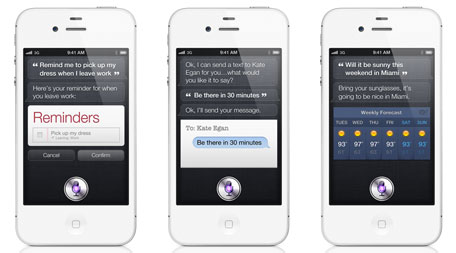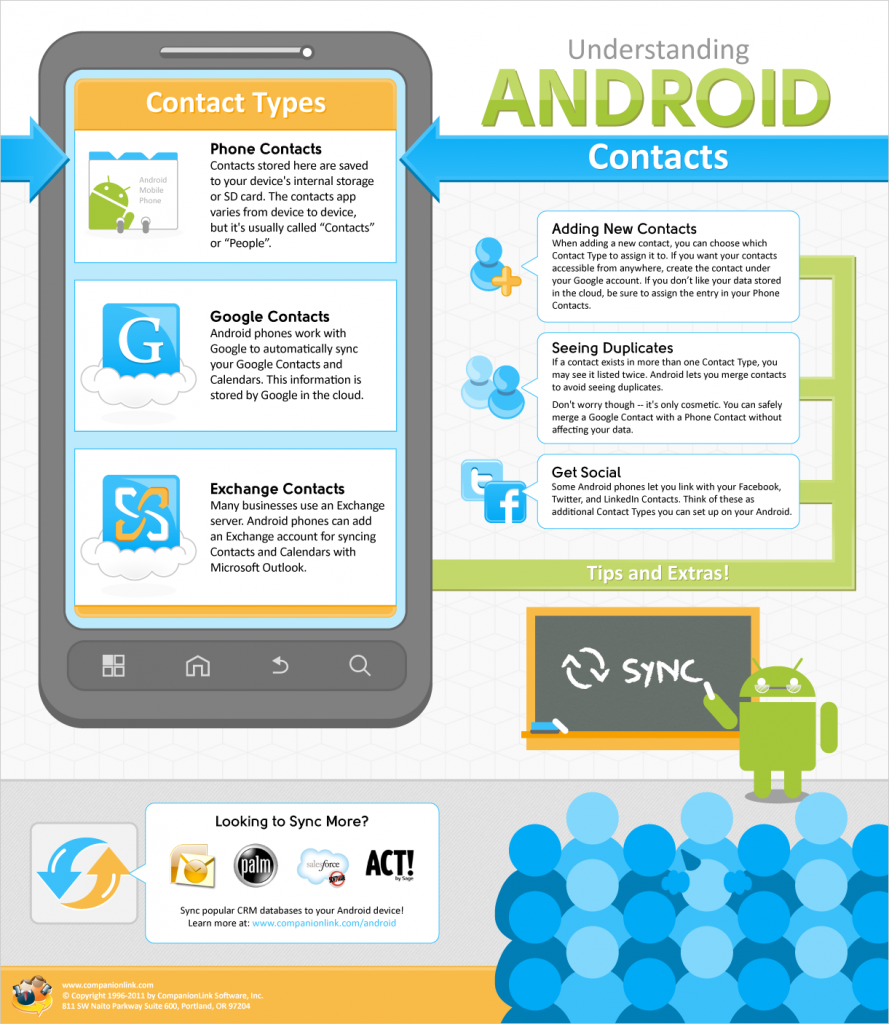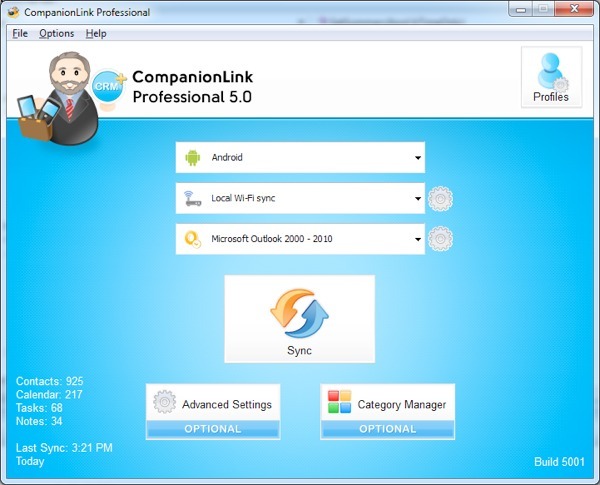It’s a great time to be in the market for a new smartphone, especially for Verizon customers. With the DROID RAZR now available and the Nexus Galaxy around the corner, the carrier has quite the holiday line-up. But they’re not done yet. The HTC Rezound, released today, completes the trio of powerful Android phones available from Verizon this season.
The folks over at The Verge have an impressive review of the Rezound available, and I’d encourage you to check it out if you’re interested in learning more about the phone. If you’re interested in learning more about syncing the Rezound, however, you’re in the right place.
As with most any Android device, you’re able to sync contacts, calendars, tasks, and memos from a whole host of CRM software to the HTC Rezound. Learn more about your options at https://www.companionlink.com/phones/htc-rezound.html or head over to our downloads page to get your 14-day free trial and start syncing today!
 Just the other day, Sprint released the HTC EVO Design 4G. At just $99, this Android-powered phone is a great buy. In fact, the EVO Design 4G features a lot of the power and style of the EVO 3D – just without the 3D. When it comes down to it, the value you get for your money makes the EVO Design 4G a hard phone to beat.
Just the other day, Sprint released the HTC EVO Design 4G. At just $99, this Android-powered phone is a great buy. In fact, the EVO Design 4G features a lot of the power and style of the EVO 3D – just without the 3D. When it comes down to it, the value you get for your money makes the EVO Design 4G a hard phone to beat.


 Planning on getting one of the new BlackBerry 7 devices that were released this past weekend? I have good news – CompanionLink works great with each of them!
Planning on getting one of the new BlackBerry 7 devices that were released this past weekend? I have good news – CompanionLink works great with each of them!